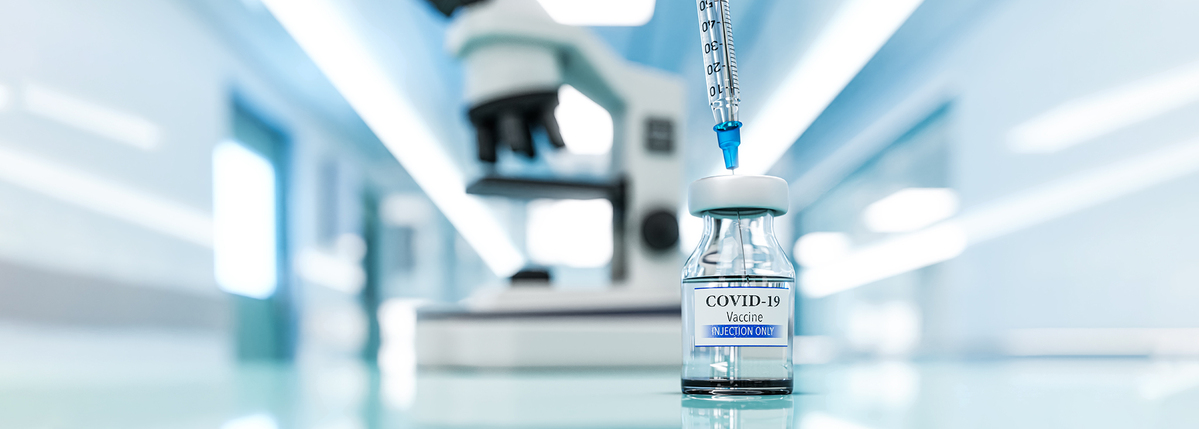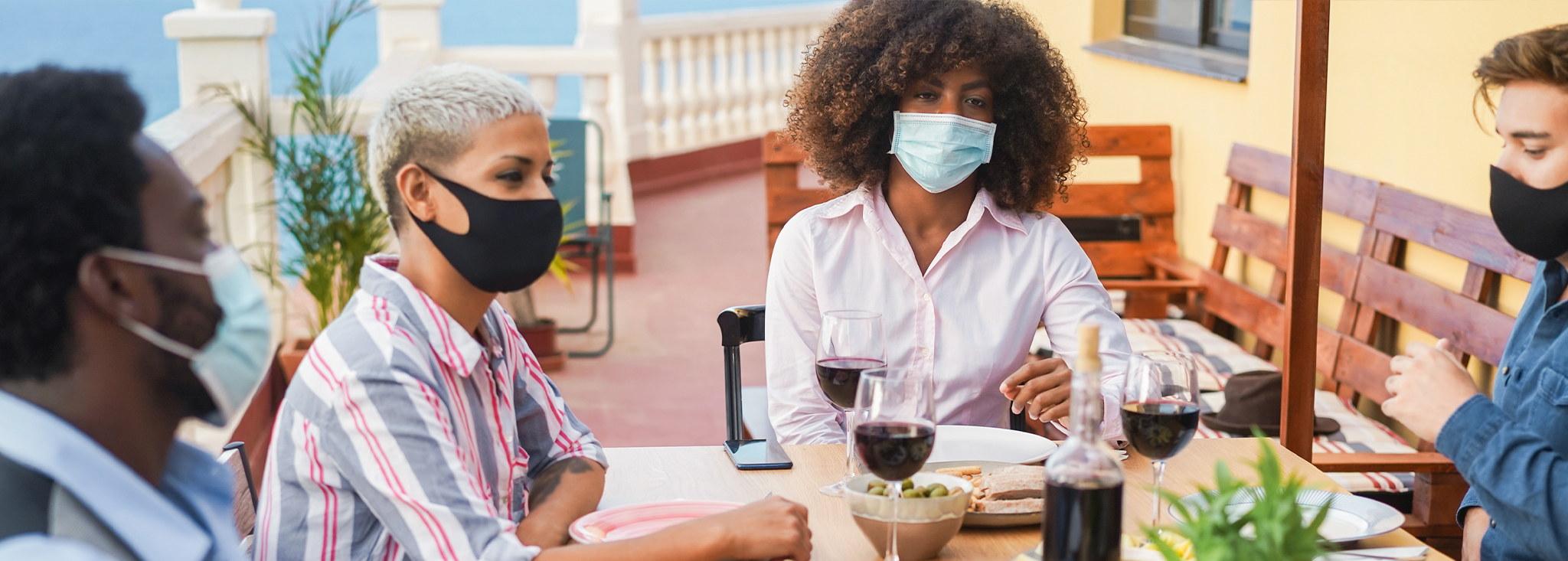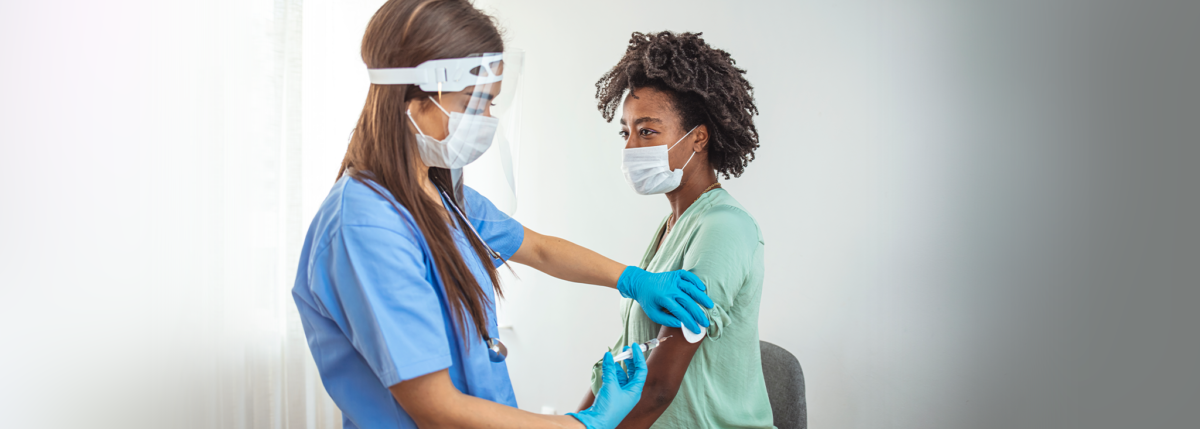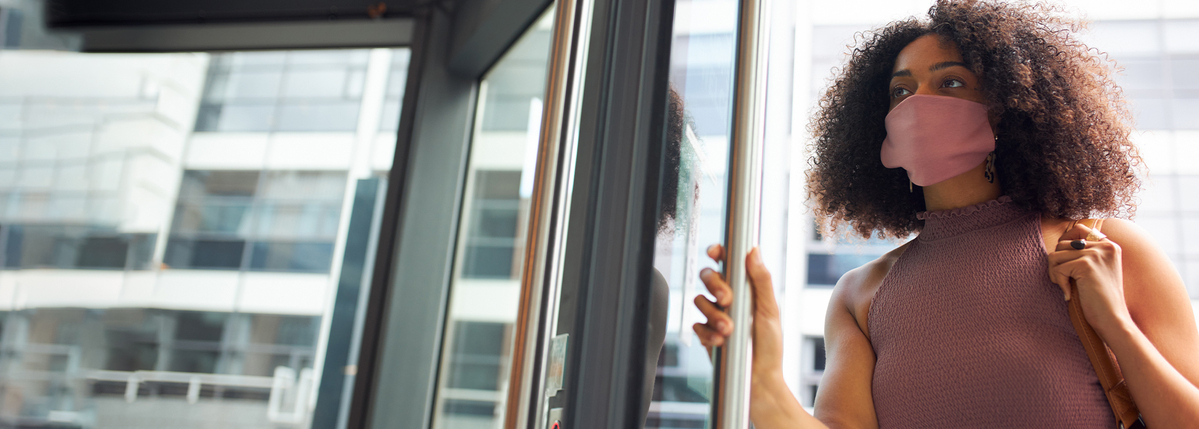Build Your COVID-19 Diabetes Go Bag
Written by: Jordan Dakin
3 minute read
April 21, 2020
Editor’s Note: Get continuous updates about the coronavirus pandemic (COVID-19) and read up on #BigLittleChanges you can make to keep your community safe.
When it comes to being hospitalized in the midst of the COVID-19 pandemic, it’s natural to worry about that possibility and while we hope we can stay home at all costs, being prepared for any scenario is the best course of action. As a result, packing a go bag in the case of a hospital visit during this time is crucial. Most important? Pack your bag with 15 days of supplies to be on the safe side. The CDC recommends up to 14 days of quarantine in some cases for those who have been exposed or infected depending on the time it takes for symptoms to develop, so being prepared for a lengthy hospital stay just in case is advised. The nature of COVID-19 is tricky because it requires isolation and even if you’re hospitalized for something diabetes-related, you run the risk of being exposed to COVID-19 in a hospital setting. Make sure you have all you need as it will be difficult for loved ones to get items to you if you are in isolation during a hospital stay.
Antiemetic or anti-nausea medication
Zofran or any other antiemetic medicine is helpful to have on hand in case you do contract a mild form of COVID-19 to keep yourself from throwing up, as this can be dangerous and lead to diabetic ketoacidosis (DKA).
Carbs and/or glucose tabs
This may seem obvious, but it is so important. Be sure to pack some hard candy, fruit snacks, fruit juice, glucose tabs and gels and any other preferred fast-acting carbohydrates.
Beverage(s) to prevent dehydration
This could include sports drinks, water, or a mix-in hydration powder with little to no carbs.
Ketone strips and glucagon
If you are sick, blood glucose levels (BGs) are harder to manage and DKA can be a dangerous reality if you’re needing more insulin than normal while having trouble keeping carbs or fluids down. As a result, you should test for ketones more frequently when you are sick. In case of lows—especially in situations where you may not have easy access to glucose or are in rapidly changing situations that make blood sugar harder to manage, make sure to have both a current physical form and an active prescription for glucagon. It comes in several forms including a nasal spray, autoinjectors, prefilled syringes, or a powder that must be mixed with a liquid before injecting.
Insulin, syringes, pen needles and pump supplies
Having backup methods to administer insulin is important in the event of a pump malfunction.
Testing supplies like a blood glucose meter, lancing device, lancet and test strips, plus sensors if using continuous glucose monitoring (CGM)
In some hospitals, it’s been difficult for patients to have their blood glucose levels checked hourly because healthcare workers don’t have enough personal protective equipment (masks, gloves, etc) to go in and out of patient rooms that often. Because of this, people with diabetes should be prepared to do their own testing and monitoring of BGs. Bringing a backup method for testing aside from your CGM is also recommended in case sensors fail or other malfunctions occur.
Alcohol swabs, hand sanitizer, bandaids and medical tape
Disinfecting and keeping things clean and protected during this time is especially important.
Any necessary medications and other important medical details
This includes an itemized list of medications you’re currently taking, allergies to medications you might have, your physician’s information and emergency contact information.
Personal protective equipment
Pack your own gloves and masks or face coverings just in case. If possible, it might also be good to remember to wear PPE when entering the hospital to prevent excessive exposure to COVID-19.
Other necessary electronics and chargers
Be prepared and bring any necessary cables to keep phones and tablets charged, especially if you’re using any kind of smart device to help monitor BGs.
A hospital stay during this time might sound scary, but it is important to take care of yourself and be prepared. If you are sick and have gone into DKA as a result and can’t keep down fluids, hospitalization becomes necessary and waiting only makes DKA more severe and life-threatening.
For more information on the importance of a Diabetes Go Bag during this time, check out our most recent interview with Dr. Anne Peters.
Check out our guide on masks to make sure you’re prepared during the COVID-19 pandemic—What to Know About Masks + COVID-19.

Author
Jordan Dakin
Jordan earned her BA in English and film studies at University of California, Los Angeles. She is a passionate storyteller, traveler and lover of people and hopes to use her experience working in tech and as a writer to advocate for the BT1 community. In her spare time, she also enjoys hiking, karaoke and cooking for friends. Check her out on Instagram: <a href="https://www.instagram.com/jordanemilydakin/">@jordanemilydakin</a>.
Related Resources

Editor’s Note: We have a simple goal: tap into the power of the global diabetes...
Read more

Editor’s Note: We have a simple goal: tap into the power of the global diabetes...
Read more

Editor's Note: A version of this article first appeared at BenaroyaResearch.org from Benaroya Research Institute at...
Read more

